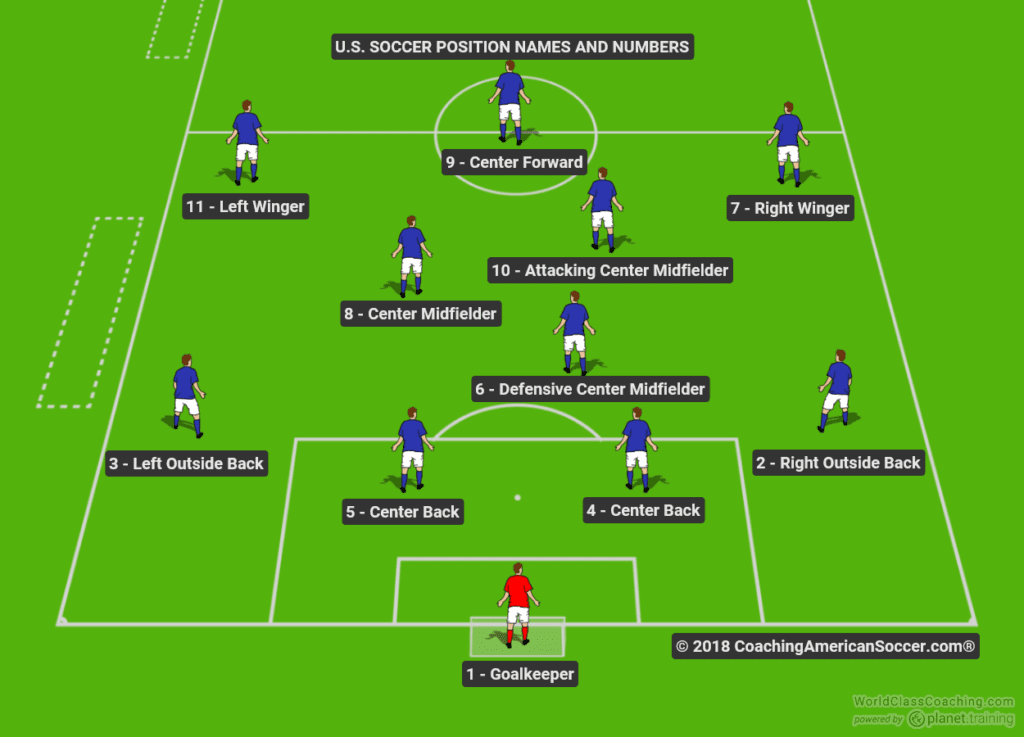Soccer, commonly referred to as football across the globe, has become the most watched sport, thrilling millions of fans with its thrilling game and skillful play. One of the primary questions that players and new fans frequently ask is “How many players are on a soccer team?” The answer is contingent on the context – whether it’s a match or a roster, or an alternative version in the sport. In this complete guide, we’ll go over the players that make up a soccer team, go over different variations, and respond to similar questions to provide you with knowledge of this beloved sport.
How Many Players Are on a Soccer Team During a Match?
In a normal soccer game, every team has at least 11 players on their field at any given moment. This is the standard for professional matches that are governed by the International Football Association Board (IFAB) which is the body that is responsible of and implements the Laws of the Game. The 11 players are:
One Goalkeeper is the sole player permitted to use their hands but only in the penalty area around the goal.
Outfield players: They can play roles like midfielders, defenders, and forwards, based on the formation of the team and its strategy.
The total number of players on the pitch during any game is thus the number of players on the field is 22 (11 players per side) as long as there are no injuries or red cards that interfere with the play. The 11-player configuration is the same across all games, such as FIFA World Cup matches, Premier League games, and local leagues. While it’s not similar to playing the Zodiac on online, that is where the strategy is matched with chance; understanding soccer formations as well as the roles of players can be as interesting and intricate.
How Many Players Are in a Soccer Team Roster?
While just 11 players can be on the field at one time the roster of a soccer team — the entire list of players available generally bigger. In professional tournaments and leagues teams are permitted to be able to have a roster that includes players who are substitutes. This is how it works:
- Matchday Squad: In most professional tournaments, teams have the option to select a substitute team. When playing in FIFA as well as UEFA competitions it is typically 12 substitutes, which brings the matchday squad up to 23 players (11 starters plus 12 replacements). However, only a small amount of substitutions can be allowed in a game, usually five substitutions, as of the latest rule changes, although it can differ by game.
- Season Roster: Teams participating that play in leagues such as that of the English Premier League or MLS usually have 25-30 players registered during the season, although there are some who could be reserve players or youngsters who aren’t often used in the matchday teams. Are you curious about the most famous rosters? Look up some famous team names that have played a role in shaping soccer’s history.
The size of the roster helps teams are able to deal with fatigue, injuries, and the need for tactical adjustments throughout the season.
How Many Players Are on a Soccer Team in Youth or Small-Sided Games?
Soccer doesn’t have to be played in an 11-player team. In youth leagues and smaller-sided format,s there are a variety of teams. is varying according to different age groups, field sizes and the level of skill development. The most common variations are:
- 5-aside: Each team is comprised of 5 players, which includes the goalkeeper. The fast-paced format is extremely popular in urban areas and recreation leagues.
- 7-a-side: Most often used by youngsters (e.g. U9, U9, or the U10 age group) The format comprises of 7 players on each team, and balances skill development as well as gameplay.
- 9-a-side: Typically played by U11 as well as U12 teams, nine players per team allow for a transition towards the full 11-a-side match.
- These smaller formats ease the physical demands placed on young players and provide more opportunities for them to get their hands to the ball which encourages the development of technical skills.
How Many Players Can Be Substituted in a Soccer Match?
Substitutions are a further layer of complexity to the problem about how many people participate in the soccer team during an event. In the past, soccer permitted 3 substitutions per match, but the rules have changed.
- Current Standard In 2025, the majority of top-tier competitions, such as FIFA as well as UEFA events, will allow 5 substitutions during a match generally, which are usually made with three stoppages (to to avoid lengthy delays). Certain leagues also permit an alternative for concussion protocols.
- Rules for Amateur and Youth Recreational or lower-level games could allow unlimited substitutions especially in youth leagues, where participation is the primary goal.
- Substitutes are selected out of the squad for matchday so the total number players who are actively playing in a match can be greater than the number of players in the eleventh.
Why Are There 11 Players on a Soccer Team?
The practice of having 11 players goes in the late 19th century, which is when soccer’s rules were codified in England. The name was in the hands of:
- Field Size: The first soccer fields were huge, and required a lot of players to cover the field effectively.
- A balanced team of eleven players permitted to play a mixture of midfield, defensive as well as attacking positions, resulting in an energetic game.
- History Other sports such as cricket (11 players per side) might have influenced soccer’s structure.
- In time, 11 was the international standard, and was enshrined into the Laws of the Game and seldom questioned in full-sided games.
How Many Players Are on a Soccer Team in Special Circumstances?
Certain conditions can alter the amount of players on the field
- Red Cards If a player gets removed with a red card the team has to continue with less players (e.g. 10, instead of eleven). The team must not drop below 7 players; if this happens, the game will be ended.
- Injuries When a team is out of replacements and a player gets injured it is possible to play with a short-handed player however this is not common in professional settings.
- These rules are fair while also ensuring an integrity to the sport.
Conclusion
How many players make up the soccer team? In reality, it’s 11., for an average match, with a larger roster and more substitutes that allow for greater flexibility. Variations such as 5-a-side and 7-a-side are suited to various scenarios, and substitution rules help make the game more dynamic. No matter if you’re a casual follower or aspiring to be a player, knowing these numbers increases your understanding of soccer’s structure and strategies.




